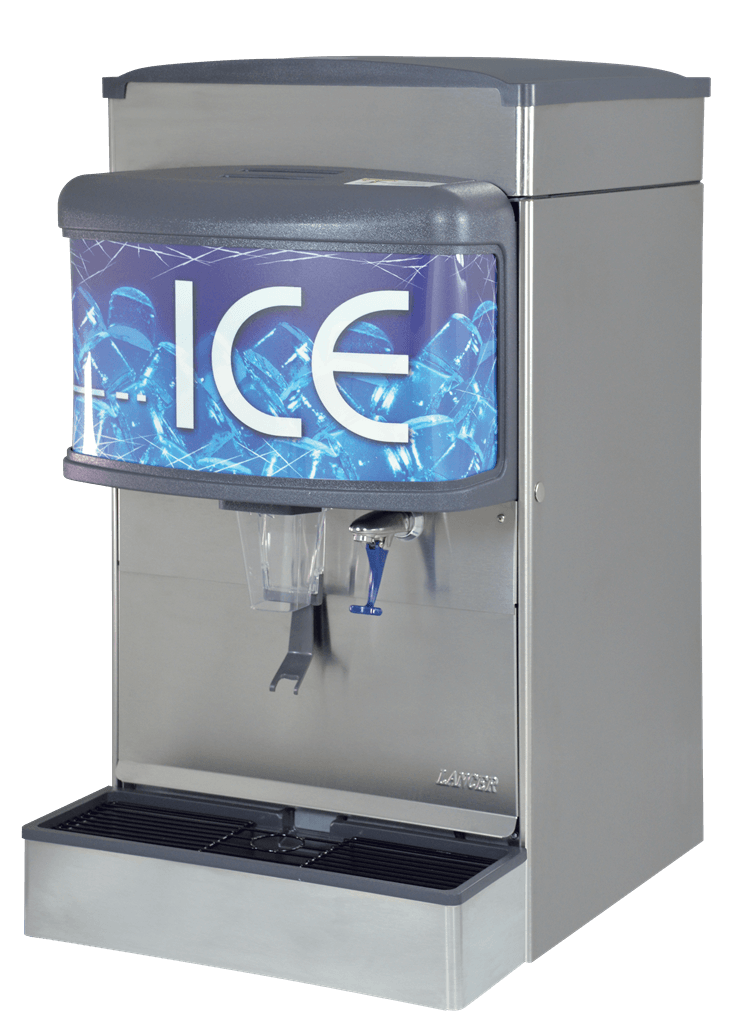


NPS ERRPR ID 4400 PASSWORD
This exposes password storage to a potential risk if the database (AD) is compromised. One disadvantage of CHAP is that both the password(s) must be stored in an unencrypted or reversibly encrypted format. This is then used for authentication on that end. The client uses hashing for the password and the challenge and sends the hash via network to the server. Instead, when a link is established between the RADIUS client (Unimus) and the RADIUS server (NPS), the server responds with a challenge (a salt - a random string). CHAP (Challenge-Handshake Authentication Protocol)ĬHAP is a more secure method, which does not transfer passwords via the network at all. In short, PAP encrypts passwords in storage, but transfers them as a cleartext hash over the network. Since it can be encrypted in storage, the password is much more immune to leakage when then password storage is compromised. However, PAP has an advantage when compared to CHAP - the password on each end can be stored encrypted using any method. This exposes the passwords to a risk, since anyone with the secret could reverse the password hashing and access passwords in plaintext. When using PAP, the password is sent hashed using the shared secret between the RADIUS client (Unimus) and RADIUS server (NPS). PAP is, by all means, an insecure protocol. Unimus currently supports two authentication methods, PAP and CHAP. Then add the user(s) to the group you created earlier: Preparing for NPS - Authentication methodsīefore we start configuring NPS, we need to decide on the auth protocol we will use.

This will be a user we want to grant access to Unimus: This user group will be used as a condition for a network policy in NPS to authenticate users later: Preparing for NPS - Users and Groups in Active Directory You can read more about this issue here or here. Please restart the server after you make the change. You can fix the issue by opening the Command Prompt and running this command: sc sidtype IAS unrestricted
NPS ERRPR ID 4400 WINDOWS
If you are running Windows Server 2019 you will need to look at one current bug, which directly touches NPS, and causes the traffic to be dropped at the firewall level despite the default port rules set up by NPS. Preparing for NPS - Windows Server 2019 users Follow the wizard and confirm the dependencies it will list. If you don't have an NPS server installed yet, you can do so by navigating to Add roles and features > Role-based or feature-based installation > Select your machine > Network Policy and Access Services. In this guide we assume you are already running Windows Server, Active Directory, and have installed the NPS server. By using NPS, you can use your Windows domain (Active Directory) credentials to login to Unimus. In this guide, we would like to show how Microsoft's Network Policy Server, or NPS for short, can be configured to act as a RADIUS server to handle AAA for Unimus.


 0 kommentar(er)
0 kommentar(er)
